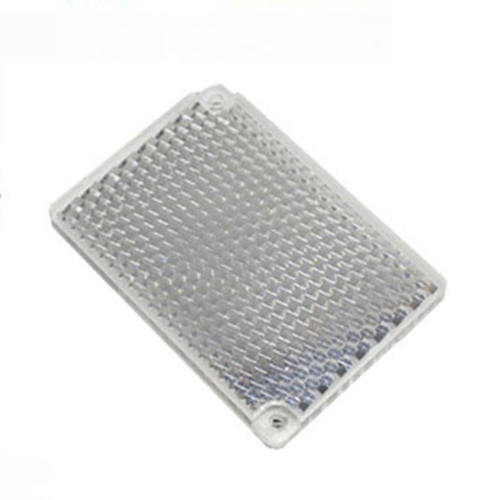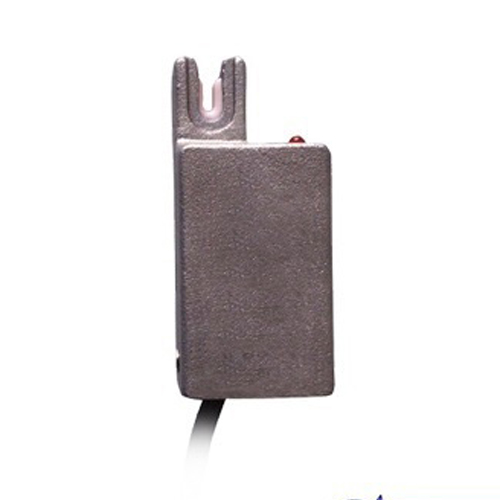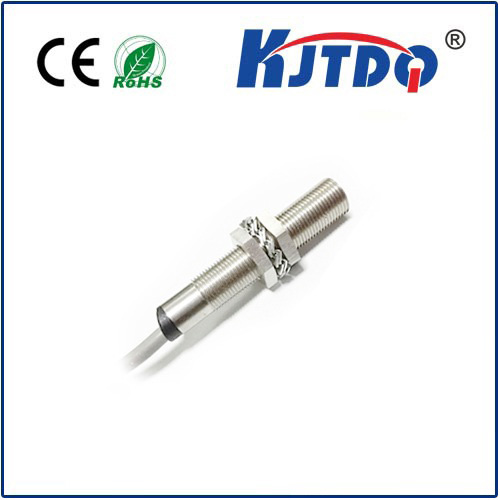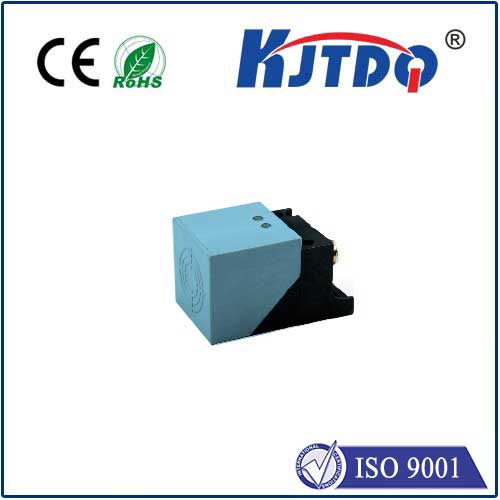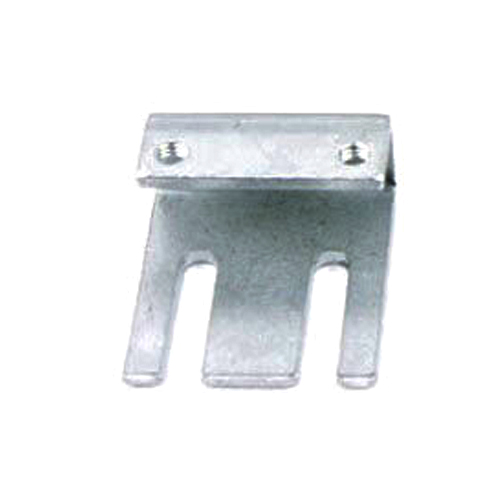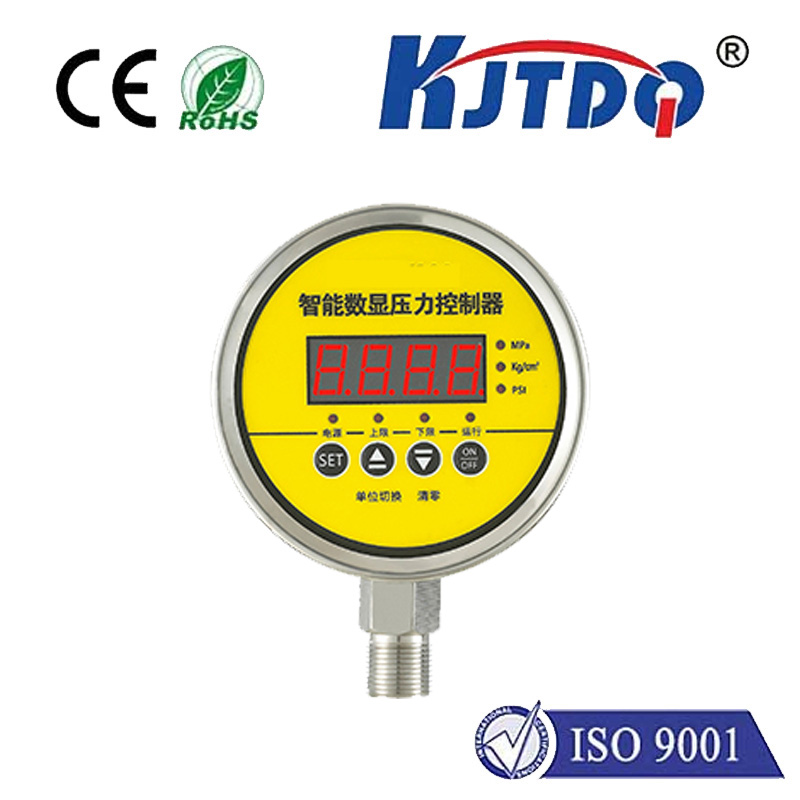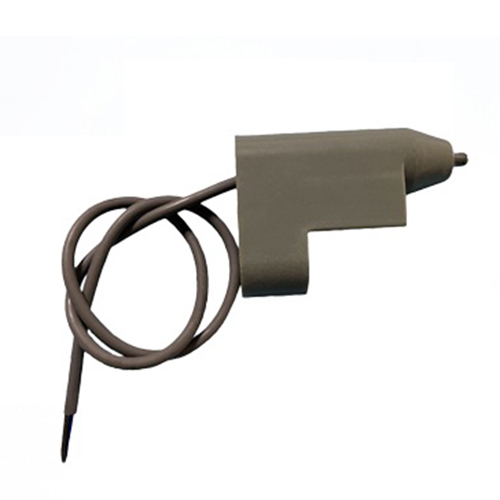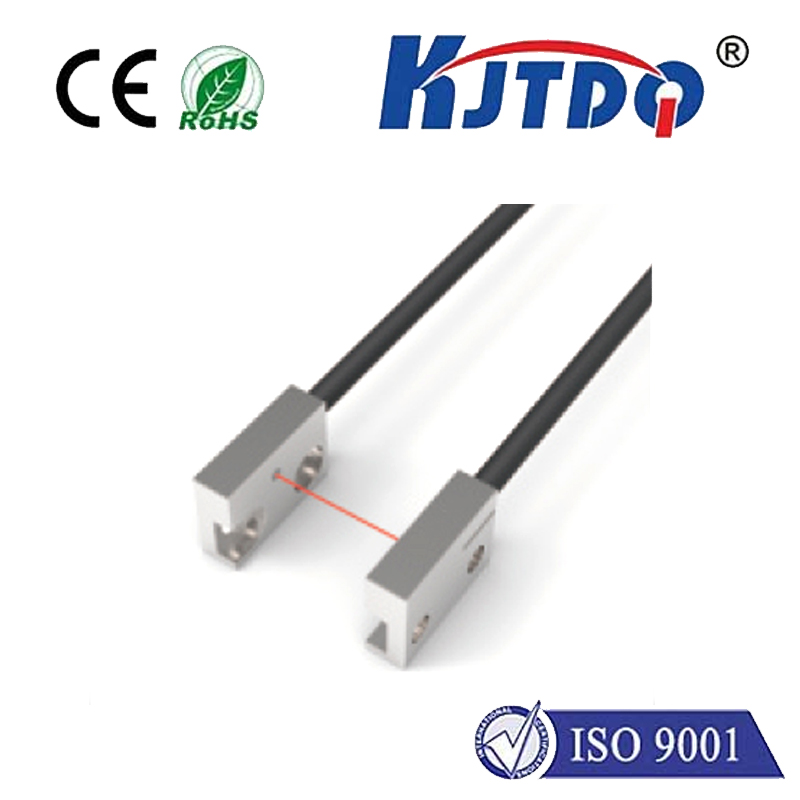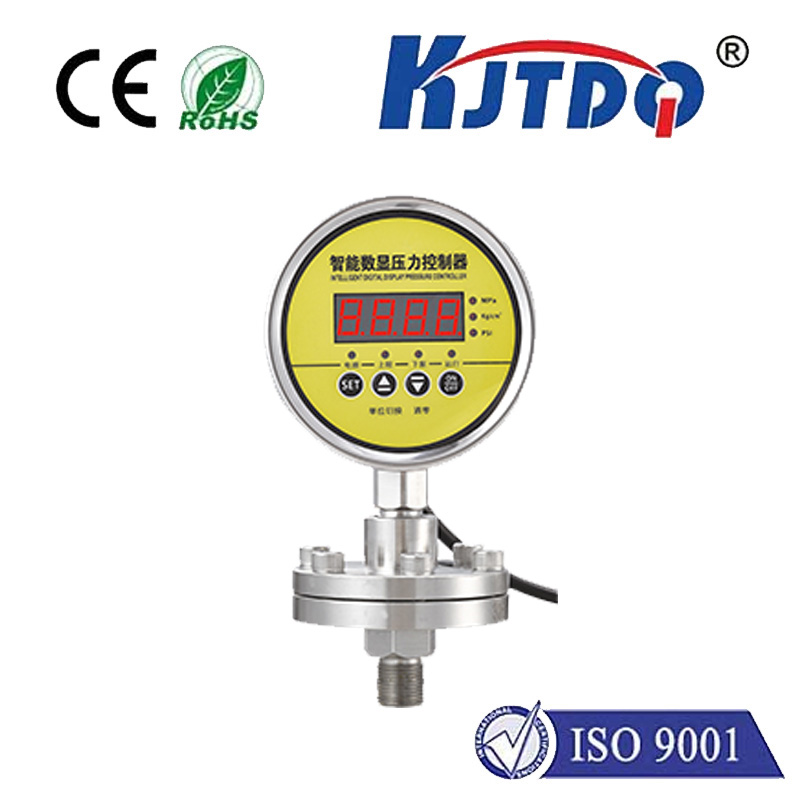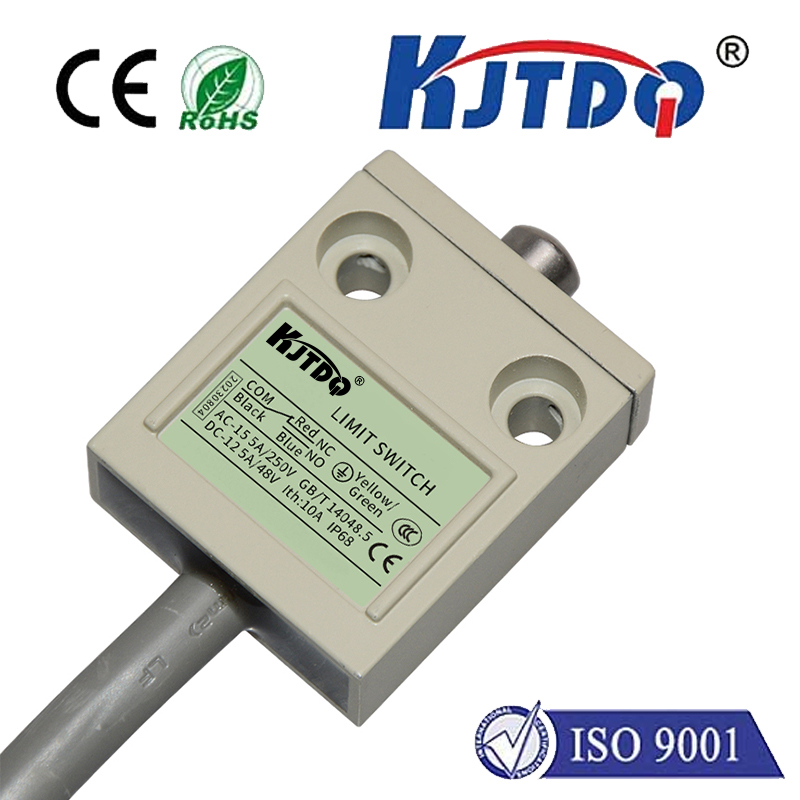BES00YZ proximity sensor
- time:2025-10-15 03:46:49
- Click:0
BES00YZ Proximity Sensor: Unlocking Precision and Reliability in Automation
In the intricate dance of modern automation, where milliseconds matter and precision is paramount, unseen heroes work tirelessly to ensure seamless operation. Among these silent sentinels, proximity sensors hold a vital position, acting as the eyes of the machine, detecting the presence or absence of objects without physical contact. The BES00YZ Inductive Proximity Sensor stands out as a robust and dependable workhorse within this category. Understanding its capabilities and applications is crucial for engineers and technicians aiming to optimize industrial processes for peak efficiency and reliability.
So, what exactly makes the BES00YZ tick? At its core, it leverages the principle of electromagnetic induction. Simply put, the sensor generates a high-frequency oscillating electromagnetic field from its active face. When a metallic object enters this field, it induces eddy currents within the metal. These currents, in turn, cause a measurable change in the sensor’s own oscillation circuit – typically a damping effect. The sensor’s sophisticated internal electronics detect this change and trigger an output signal, switching an internal solid-state transistor. This non-contact detection is precisely its superpower, eliminating mechanical wear and tear, enabling high-speed operation, and functioning reliably in challenging environments where physical switches would fail.

The designation “BES00YZ” follows a common industry coding scheme, often revealing key characteristics:
- BES: Typically identifies the sensor series and manufacturer (e.g., Balluff).
- 00: Often denotes specific characteristics like cylindrical shape, certain thread size (e.g., M8, M12, M18, M30 are common with such codes), or generation.
- YZ: May indicate specific variations like output type (e.g., Normally Open (NO) / Normally Closed (NC), PNP vs NPN transistor switching), sensing range, connection method (cable or connector), or special features like increased resistance to welding fields or specific IP ratings.
Therefore, encountering a “BES00YZ proximity sensor” in a parts list points towards a highly reliable, inductive sensor designed for detecting metal targets. Its performance is defined by several critical specifications:
- Sensing Range (Sn): This is the nominal distance at which a standard target will reliably trigger the sensor. Common values for sensors in this code family might range from 1mm to 15mm depending on the exact model variant and housing size. Crucially, factors like target material composition, size, and shape can influence the effective operating distance. Ferrous metals like steel generally achieve the full nominal range, while non-ferrous metals like aluminum or brass might require a reduced sensing distance – often specified as a percentage (e.g., Sn * 0.4 for aluminum).
- Electrical Output: Most BES00YZ variants feature a solid-state DC switching output, either PNP (sourcing current) or NPN (sinking current), configured as Normally Open (NO) or Normally Closed (NC). Selecting the correct type is essential for compatibility with your control system (PLC input card).
- Housing Material: Typically constructed from robust nickel-plated brass or high-grade stainless steel, making them highly resistant to impact, vibration, and corrosion – ideal for demanding factory floors. The sensing face is often a durable ceramic material.
- Environmental Protection: These sensors boast high IP ratings (e.g., IP67, IP68, IP69K), ensuring reliable operation despite exposure to dust, water jets, high-pressure washdowns, oils, and coolants. This ruggedness is indispensable for applications in food & beverage, automotive, machining, and material handling.
- Switching Frequency: Modern inductive sensors like the BES00YZ offer very high switching frequencies, often exceeding 1 kHz (1000 operations per second), enabling use in high-speed counting, positioning, and sequencing applications.
- Voltage Range: Designed to operate within a wide DC voltage range (commonly 10-30V DC), providing flexibility across different power supplies.
The versatility of the BES00YZ proximity sensor translates into an incredibly broad range of industrial applications:
- Machine Tooling: Monitoring tool presence/absence in CNC machining centers and automatic lathes. Ensuring clamps are open or closed before a cycle starts. Detecting spindle orientation.
- Material Handling & Conveying: Verifying the presence of pallets, boxes, or individual parts on conveyors. Counting objects. Controlling sortation gates. Monitoring fill levels in metal containers.
- Assembly Automation: Confirming component placement (e.g., verifying a screw head or metal bracket is present) before proceeding to the next assembly step. Checking for correct part orientation.
- Packaging Machines: Detecting metal lids, cans, or foil seals. Controlling filling levels in metal vessels. Verifying cap placement and torque.
- Robotics: Used extensively for end-of-arm tooling (EOAT) verification, position feedback on robotic arms (within limits), and detecting when a robot has reached a specific location near a metallic element.
- Hydraulics/Pneumatics: Monitoring cylinder rod positions (using metal targets) to confirm extension or retraction.
When integrating a BES00YZ sensor, several best practices ensure optimal performance:
- Mounting Precision: Ensure the target approaches the sensor perpendicularly to its active face for maximum sensing distance and reliability. Avoid lateral or tangential approaches which significantly reduce range.
- Target Material & Size: Confirm the target is ferrous metal whenever possible for maximum range. Non-ferrous targets require careful consideration of the reduced sensing distance spec. The target size should generally be equal to or larger than the sensor face diameter.
- Embedding vs Non-Embedding: Consider if the sensor needs to be mounted flush (embedded) in metal or non-flush. Flush-mountable sensors have a reduced range but eliminate concerns about nearby metal interfering (“shielding”). Non-flush mount sensors offer longer ranges but require clearance around them. BES00YZ variants exist for both mounting styles.
- Electrical Connection: Double-check the wiring (Brown = +V, Blue = 0V, Black = Signal). Ensure the correct output type (PNP/NPN, NO/NC) matches the PLC input configuration. Always use shielded cable in electrically noisy environments and ground the shield properly at the controller end.
- Environmental Factors: While rugged, avoid excessive heat beyond the sensor’s specified operating temperature range. Ensure splashed liquids don’t accumulate in connector sockets if using plug-in versions. Clean metal chips or swarf buildup from the sensing face regularly to maintain performance.
The BES00YZ inductive proximity sensor represents a mature, proven technology that continues to be fundamental to industrial automation. Its core strengths – remarkable reliability, non-contact operation, rugged construction, and resistance to harsh environments – make it an indispensable component for countless detection tasks involving metal objects. From high-speed production lines to heavy-duty machinery, the BES00YZ provides the dependable feedback necessary for precise control, enhanced safety, and maximized productivity. Selecting the correct variant for your specific application parameters is key to unlocking its full potential as a cornerstone of robust automated systems.






